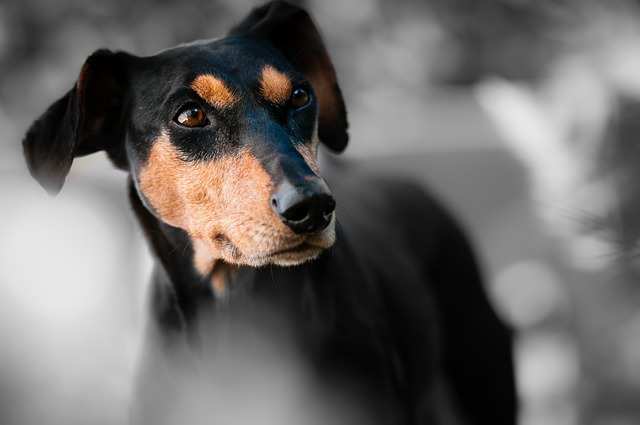
What smells are dogs most sensitive to?
In the human sensory world, vision dominates. We use our eyes to capture the colorful world and use light and shadow to outline the contours of everything.
When the autumn wind starts to blow or the spring chill lingers, the dog that used to be lively and energetic suddenly becomes listless, sneezing and running a nose from time to time. Looking at its lackluster appearance, the heart of every owner aches with pain. Dogs can't speak and can't express their physical discomfort in words. They can only look at us with their wet eyes, and those eyes are full of dependence and a plea for help. During the changing of seasons, the temperature is fickle, and if a dog's body doesn't adapt well, it is prone to catching a cold. At this time, we are their strongest support. Only with scientific methods and abundant love can we help them overcome the cold and regain their former vitality.
To properly deal with a dog catching a cold due to the changing of seasons, we first need to learn to accurately judge the symptoms. In the early stage of a dog's cold, it usually shows listlessness. It no longer greets the owner enthusiastically as usual, nor does it like to play. Instead, it always lies quietly in the corner. At the same time, it will have a runny nose. In the early stage, the nasal discharge may be clear water-like. As the illness progresses, the nasal discharge may become thick and its color may deepen. Frequent sneezing is also one of the common symptoms. Sometimes, it may even sneeze several times in a row, as if trying to "expel" the cold air from its body. In addition, the dog may also cough. At first, it may just be an occasional mild cough. If the illness worsens, the cough will become frequent and severe. A cold will also affect the dog's appetite. It loses interest in the food it usually likes, and its food intake decreases significantly. Some dogs may also have a fever. When taking their body temperature, it will be found that the temperature is higher than the normal range (the normal body temperature of a dog is generally between 38°C - 39°C). When these symptoms are found in a dog, the owner must pay attention and take timely measures.
Once it is determined that the dog has caught a cold, the first thing is to create a warm and comfortable resting environment for it. Move the dog's kennel to a warm and sheltered place to avoid getting cold again. You can lay a soft mat in the kennel to increase warmth retention, or place a hot water bag. However, make sure to wrap it with a towel to prevent scalding the dog. In cold weather, you can also put on an appropriate small coat for the dog to help it resist the cold. Just as we need a warm quilt when we have a cold, a warm environment can make the dog's body feel comfortable and help it regain its strength.
In terms of diet, provide the dog with sufficient nutrition and water. During the cold period, the dog's body is relatively weak and needs more nutrition to fight the disease. Choose nutritious and easily digestible food, such as warm lean meat porridge. Cut the lean meat into small pieces and cook it with rice until it is soft and rotten. It is rich in protein and easy to digest and absorb. You can also feed the dog steamed chicken. Tear it into small pieces before feeding, which can replenish energy for the dog. At the same time, ensure that the dog can have access to clean warm water at any time. Adequate water intake can help the dog relieve respiratory discomfort, promote metabolism, and accelerate physical recovery. Watching the dog start to eat slowly and regain its strength little by little under our careful care, the owner will feel a hint of relief in the heart.
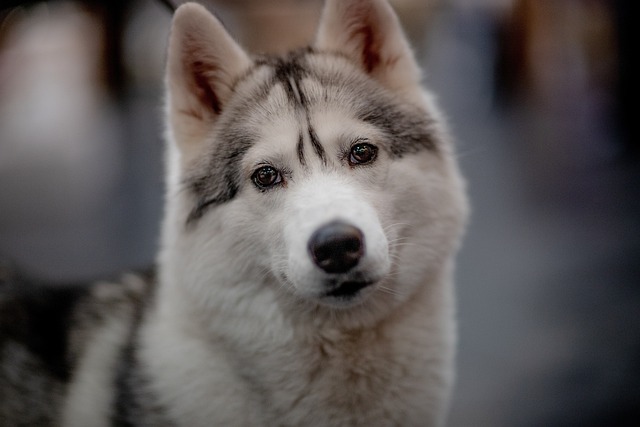
If the dog's cold symptoms are mild, some home care methods can be tried first. Gently wipe the dog's nose and eyes with a warm wet towel to clean the secretions and keep the face clean. This can make the dog feel more comfortable. You can also use a humidifier indoors to increase the air humidity, relieve the dryness of the dog's respiratory tract, and reduce coughing and nasal congestion. In addition, gently massage the dog's back and chest. Massage gently in the direction of hair growth, which is helpful for promoting blood circulation and relieving physical discomfort. These seemingly simple care methods are full of our deep love for the dog. Every wipe and every massage convey our hope that it will get better soon.
However, if the dog's cold symptoms continue to worsen and serious symptoms such as persistent high fever, severe coughing, difficulty breathing, vomiting, and diarrhea occur, be sure to take the dog to the pet hospital for treatment in a timely manner. The veterinarian will accurately determine the condition through detailed examinations, such as blood routine tests and body temperature measurement, and formulate corresponding treatment plans. It may prescribe cold medicine, antipyretics, cough medicine, etc. according to the dog's condition. Sometimes, infusion treatment may also be required to supplement water and nutrition and maintain the balance of electrolytes in the body. During the dog's treatment period, the owner should take care of the dog strictly according to the doctor's instructions, give the medicine on time, and observe the changes in the condition. Watching the dog being treated in the hospital, the owner's heart is filled with worry and wishes to bear the pain for it, hoping that it will recover soon.
Preventing a dog from catching a cold due to the changing of seasons is equally important. During the season transition, pay close attention to the weather changes and take timely warming measures for the dog. According to the temperature changes, appropriately add or remove clothes for the dog, especially for short-haired dogs, puppies, and senior dogs, whose resistance is relatively weak and need more attention to keeping warm. Strengthen the dog's daily exercise. Take the dog for an appropriate amount of exercise every day, such as walking and playing, to enhance the dog's physical fitness and immunity. Reasonably arrange the dog's diet, ensure a balanced nutrition, and intake enough protein, vitamins, and minerals, which is also helpful for improving the dog's resistance. Take the dog for regular physical examinations, discover potential health problems in a timely manner, and achieve early prevention and early treatment.
Dogs are the most loyal companions in our lives. They accompany us every day with unconditional love. When they feel uncomfortable due to catching a cold during the changing of seasons, we should use scientific methods and endless love to dispel the haze of illness for them. Every careful care and every concern embody our deep affection for them. May every effort we make bring health and happiness to the dog, and let it continue to accompany us through every wonderful season.

In the human sensory world, vision dominates. We use our eyes to capture the colorful world and use light and shadow to outline the contours of everything.

When we look into our dogs' eyes, their bright and lively eyes seem to be able to speak, conveying dependence and trust.
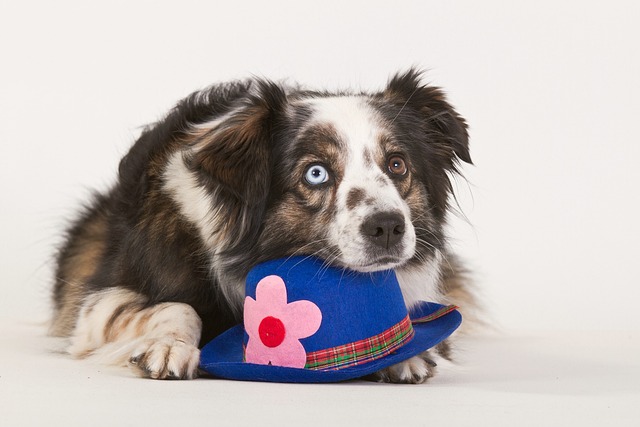
When you come home after a busy day, you open the door and see your dog lying quietly on the floor, wagging its tail and looking at you. The warmth and healing of that moment are the most cherished moments for countless dog owners.
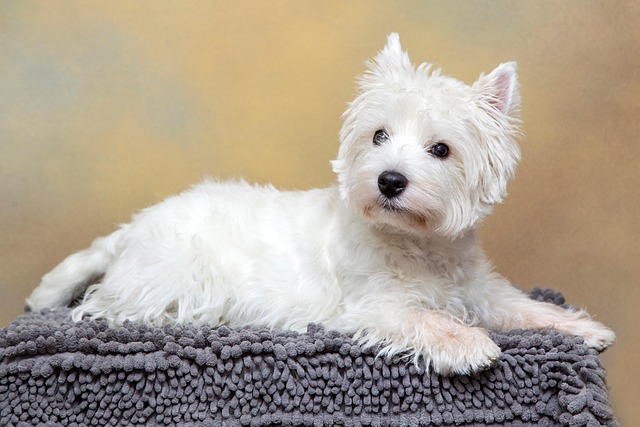
When a dog that is usually lively and active suddenly loses its appetite, becomes listless, or even vomits frequently, every pet owner will be worried that it is intestinal obstruction, a "health killer".
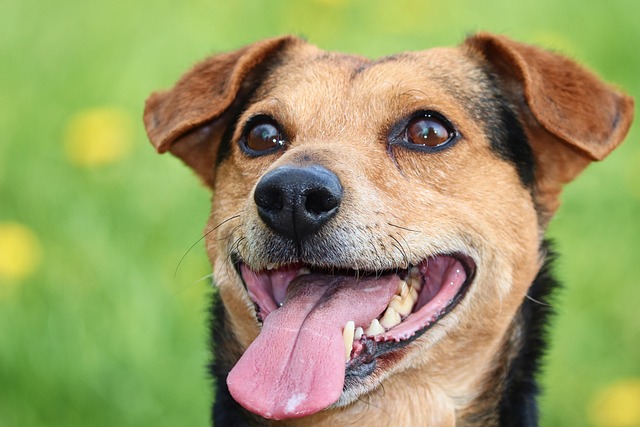
When we caress the furry ears of dogs and enjoy the warm moments of cuddling up with each other, our hearts are filled with happiness.
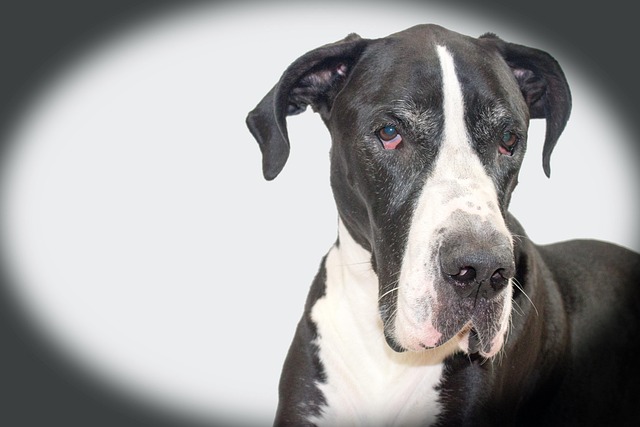
When we see the dog frequently shaking its head, scratching its ears, and even having red and swollen ears with an unpleasant smell,